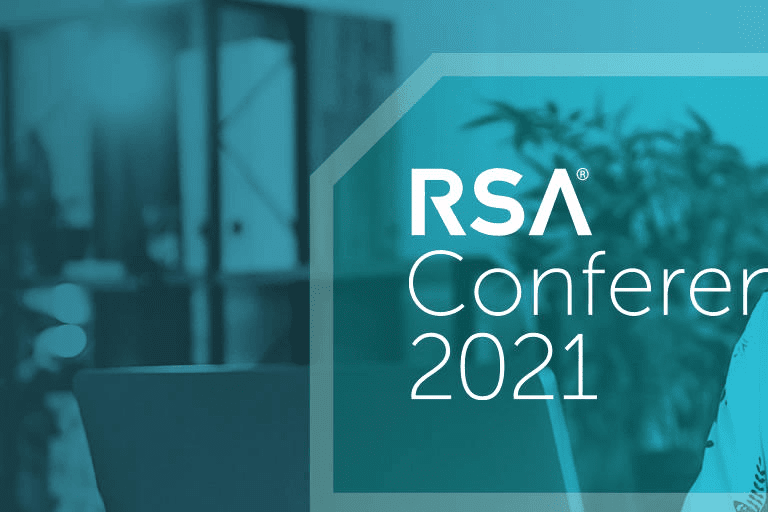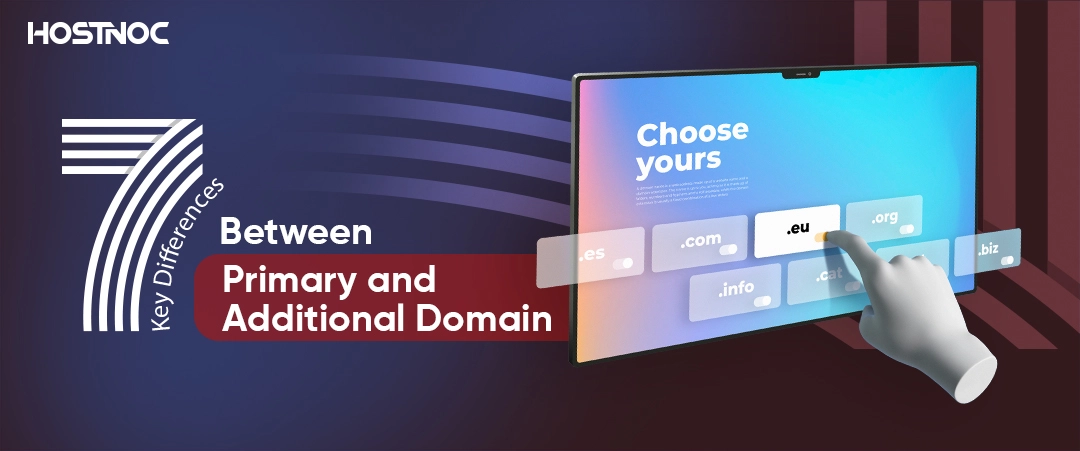All You Need To Know About Bad Neighbor Effect in Shared Hosting

Everything You Need to Know About Delayed Phishing
May 20, 2021
4 Key Lessons From RSA 2021 Conference Your Business Must Learn Quickly
May 31, 2021You are a small business that has recently garnered a website, and are now looking at hosting options. However since you are operating on a shoestring budget, you opted for a shared hosting plan to save a couple bucks. Even though it costs much less than a dedicated hosting plan, you also have to compromise on performance, reliability and security.
Since you are sharing your servers with many other websites, you are always at risk of bad neighbour effects. The problem with bad neighbour effects is that you will end up paying a hefty price due to other websites. Are you interested in knowing more about bad neighbour effects so you can prevent yourself from ending up on the wrong side of the equation? If yes, then you are at the right place.
In this article, you will learn everything there is to know about the bad neighbour effect in shared hosting.
What is the Bad Neighbour Effect?
A bad neighbour effect is when a website you are sharing a server with, experiences a massive spike in website traffic. Due to an unforeseen surge, the server will divert resources allocated for other websites to that particular website. Even though this will prevent a high-traffic website from crashing, it will negatively impact other websites on the shared server.
This event can bring your website to its knees, hampering the user experience you are offering to your visitors. Your users will have to deal with slow page load times, poor website responsiveness and a pathetic user experience. Even worse, users will abandon your website and may never consider visiting it again. Youmight even experience some downtime as a bad neighboring effect can render your website inaccessible.
While these issues don’t always happen with shared hosting, you shouldn’t completely write off the bad neighbour effect. It can come to haunt you at any stage especially when you least expect it. It is better that you are prepared for such a calamity instead of being caught unawares.
How To Avoid The Bad Neighbour Effect?
Let’s say your website is experiencing downtime due to a bad neighbour effect. How would you cope with the ramifications? How would your business suffer if your website becomes inaccessible for a few days? How will it impact the user experience, business reputation, and sales? You need to answer all these questions and be prepared for the worst-case scenario by having a backup plan.
Sadly, the only way to prevent your website from getting impacted by a bad neighbour effect is to ditch the shared server altogether and opt for a dedicated server. When you buy a dedicated server, you do not have to worry about sharing the server with other websites. You also get much better performance, reliability and security.
One of the main differences between shared and dedicated hosting plans is the cost. Yes, you might have to spend more to upgrade your shared hosting plan to a dedicated hosting plan, but it is worth your money. For instance, you get exceptional performance and a great user experience. With a dedicated server, you are less likely to experience downtime, and issues such as the bad neighbour effect.
Similarly, you also don’t have to worry about any security issues. A dedicated server gives you more room for customizations. If you are interested in ditching your existing shared hosting plan and want to migrate to a dedicated hosting server, go through HOSTNOC’s dedicated server plans.
Will you still stick to your shared hosting or opt for dedicated hosting after learning about bad neighbour effects? Let us know in the comments section below.



